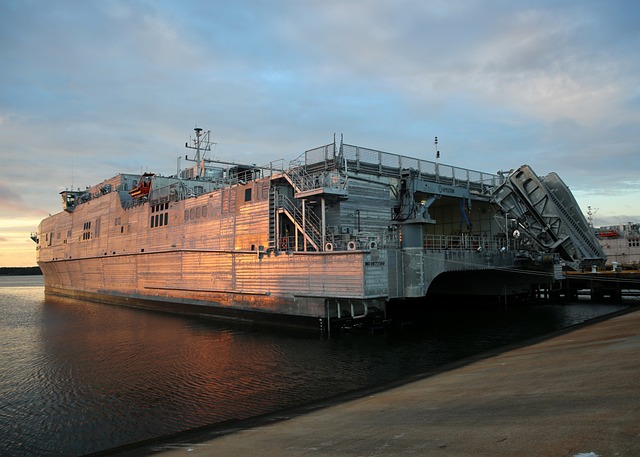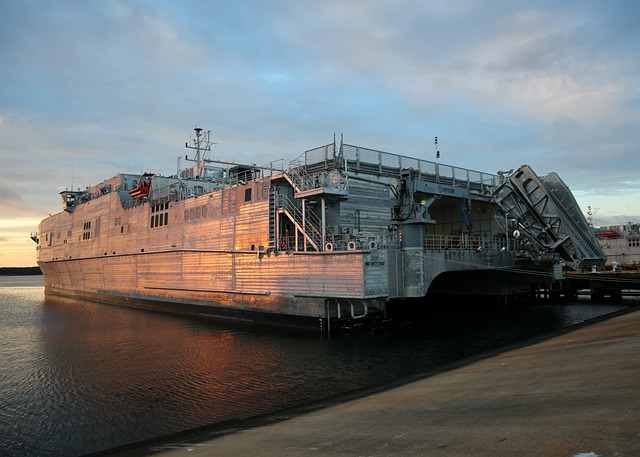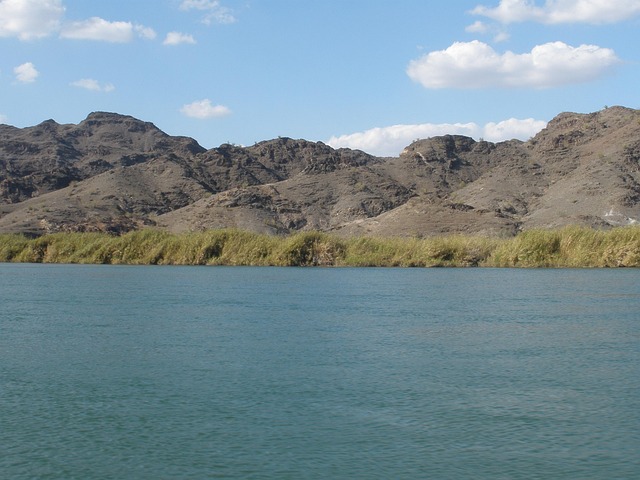Military bases significantly impact local economies by driving real estate market growth and stimulating business development. Their presence boosts demand for housing and commercial spaces, leading to higher property values and attracting investors. This economic surge benefits various sectors, creating thriving communities with improved public services. However, base closures can cause instability, necessitating diversified tax bases and entrepreneurial initiatives for long-term prosperity in these regions.
Military bases not only serve as strategic assets but also significantly influence local economies. This article delves into the multifaceted impact of military presence on real estate markets, exploring how base locations drive business growth, create jobs, and shape surrounding communities over the long term. We analyze the economic ripple effects, considering both benefits and challenges, to understand the complex relationship between military bases and regional development, particularly in terms of real estate trends.
The Economic Impact of Military Bases on Local Real Estate Markets

Military bases often serve as catalysts for economic growth in surrounding areas, significantly influencing local real estate markets. The presence of a military installation can lead to a ripple effect, driving up demand for housing and commercial spaces. This is attributed to the base’s unique requirements, which necessitate accommodation for service members and their families, as well as support services and infrastructure. As a result, property values tend to appreciate in these areas, attracting investors and home buyers.
The economic boost extends beyond residential properties. Local businesses benefit from increased foot traffic and a larger consumer base, especially those providing services to the military community. This can foster a vibrant business environment, further enhancing the region’s overall appeal for real estate investments.
How Military Base Presence Drives Local Business Growth and Job Creation

The presence of a military base can significantly drive local business growth and job creation, often leading to a thriving economy. When a base is established or expanded, it brings with it a substantial influx of personnel and their families, creating a sudden demand for various goods and services in the surrounding area. This demand acts as a catalyst for local businesses, encouraging existing companies to expand their offerings and new enterprises to emerge. From real estate developments catering to military housing needs to local restaurants and retail stores meeting the everyday requirements of base residents, the economic ripple effect is profound.
The construction and maintenance of these facilities also stimulate job creation in the region. Building projects require skilled labor, while ongoing operations necessitate a diverse range of roles, from administration and logistics to healthcare and education. This direct employment opportunity not only supports local families but also contributes to the overall tax base, further strengthening the area’s economy. As a result, many communities near military bases experience increased prosperity, with businesses thriving due to the steady stream of customers and employees associated with the base’s presence.
Exploring the Long-Term Benefits and Challenges for Surrounding Communities

Military bases can have a significant long-term impact on local economies, offering both unique opportunities and challenges for surrounding communities. One of the most tangible benefits is the boost in real estate values. The presence of a military base often attracts businesses and families seeking stable housing and job prospects, driving up demand for properties in the area. This trend can lead to increased property taxes for locals, potentially improving public services and infrastructure.
However, challenges may arise as well. Base closures or reductions can cause sudden economic shifts, leaving behind vacant properties and a skilled workforce that once supported local businesses. Communities must adapt and explore diverse economic strategies to mitigate these impacts, such as diversifying their tax bases, attracting new industries, and fostering entrepreneurship to ensure long-term stability and prosperity.






